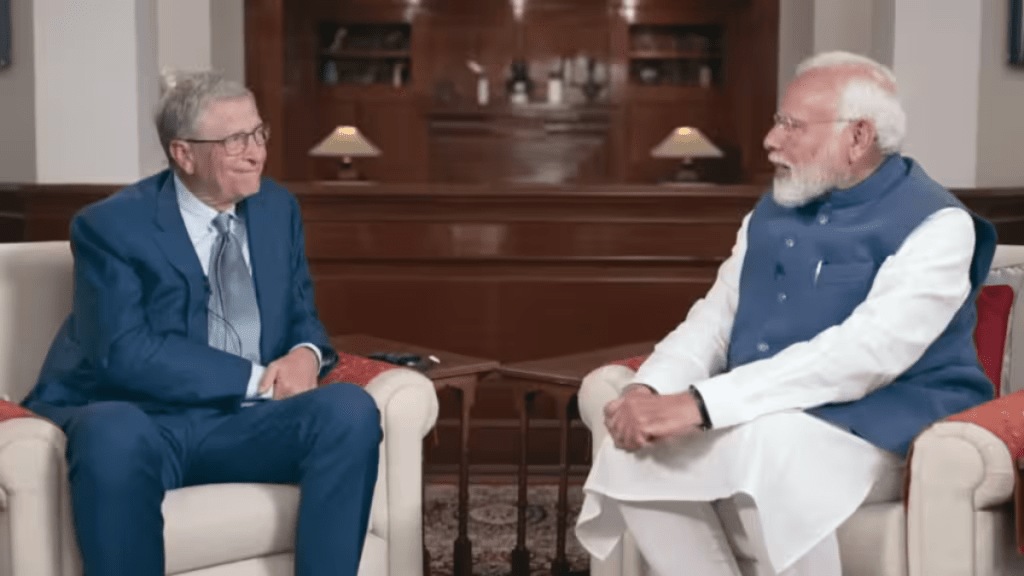Neighbourhood first remains a foreign policy priority of Narendra Modi who was sworn in for a historic third term as India’s Prime Minister on Sunday. When he first assumed office in 2014, the then premier of Pakistan, Nawaz Sharif, attended his inauguration with other members of the South Asian Association for Regional Cooperation (Saarc). For the oath-taking ceremony for his second term in 2019, members of the Bay of Bengal Initiative for Multi-Sectoral Technical and Economic Cooperation (Bimstec) were invited. But, for the swearing-in function on Sunday, Pakistan and Myanmar were not invited while leaders from Bangladesh, Nepal, Bhutan, Sri Lanka along with Seychelles, Maldives, and Mauritius attended. Due to India’s ongoing tensions with Pakistan — bilateral relations have been in deep freeze since 2019 — Saarc has steadily receded from the priorities of PM Modi in favour of regional groupings like Bimstec. Pakistan has so far not congratulated Modi although he had greeted Shehbaz Sharif on his re-election as PM earlier this year.
India’s challenges in priortising the neighbourhood, however, are daunting. Besides the growing role of China in the region and Indian Ocean, there is the need to address the desire of neighbours to seek more strategic autonomy in their relationship with India like the Maldives, for instance. India’s relationship with the island nation — a key maritime neighbour with a special place in its vision for Security and Growth for All in the Region — is passing through testing times. There is a pro-China regime change in the Maldives with the president, Mohamed Muizzu, formally requesting India to withdraw its military presence from that nation. The fact that Muizzu is one of the invitees for Modi’s swearing-in ceremony clearly indicates that India will keep engaging with neighbours on the basis of mutual interests and reciprocal sensitivity. This also applies to our relations with Sri Lanka, Nepal, and Bangladesh even as they also engage with China to further their ambitions on economic development.
To further its neighbourhood first policy, India must also resort to unilateral and non-reciprocal measures to ensure that such nations have a growing stake in our growth story. Allowing them to export more to us will blunt the edge of their resentment of registering only growing trade deficits with India. Unfortunately, this has been a diminishing priority focus as India’s two-way trade with the region declined by 8% to $30.8 billion or 2.8% of its global trade in FY24 from a year earlier. The fact that China has notched up two times larger trade volumes with South Asia than India — and trades more with Pakistan and Bangladesh — is a painful reminder of India’s failure to deepen regional integration. Another ground for concern is the interest expressed by Bangladesh, Sri Lanka, and possibly Maldives to join the Sino-centric Regional Comprehensive Economic Partnership, from which India had walked out at the eleventh hour. This further entails the enlargement of a China-dominated network of trade rules and relations around India.
India also cannot address the unfinished agenda of South Asian integration without Pakistan. Bimstec might be Saarc without Pakistan. Despite the chill in the bilateral relationship, there are interdependencies that must be seized on the trade front. Otherwise, there will be a huge loss in potential opportunities. Of late, there has been a flurry of signals from Pakistan regarding the resumption of bilateral trade. Responding to this issue should preoccupy Modi in his third term.

